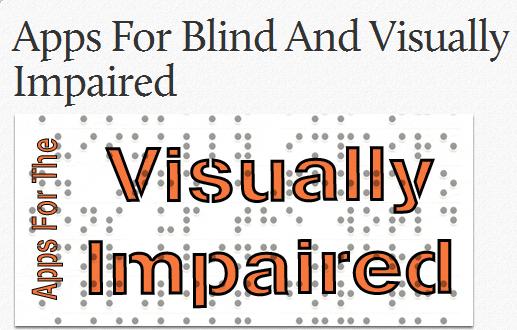

Technically speaking, legal blindness is the level of vision loss that requires an individual a specialized education, proper job training, disability benefits, accommodating devices, and tax exemption. The American Foundation for the Blind defines vision impairment as “ visual acuity of 20/70 or worse in the better eye with the best correction or a total field loss of 140 degrees.” This impairment could be affected by one’s inability to adapt to darkness, light, glare, or contrasts. People with visual disabilities fall under any of these three categories: Unique and structured courses, along with distinct teaching strategies, allow the blind and visually impaired learners to receive proper education and, eventually, guide them towards being qualified professionals. The good news is that numerous institutions these days are dedicated to helping these students overcome these struggles by providing them with different accommodations concerning their visual disabilities. Visually Impaired People When in Classīlind or visually impaired students are expected to come face to face with a handful of unique challenges when in school. Studies also resulted in 29% of visually impaired persons sadly living below the poverty line. 44% were successful in their workforce, while no more than 15% were able to obtain a bachelor’s degree from an accredited higher learning school. The CDC estimated there are approximately 12 million adults over the age of 40 with visual disabilities. College Preparation for the Visually Impaired


 0 kommentar(er)
0 kommentar(er)
